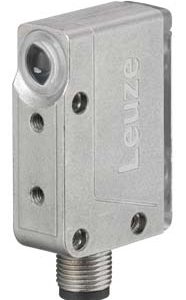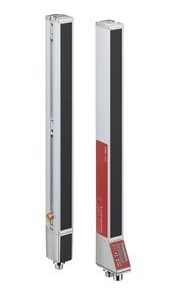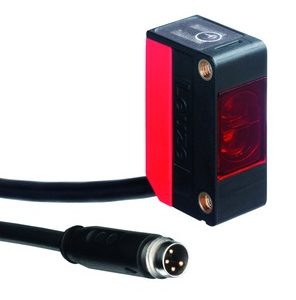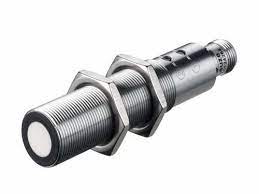LEUZE SWITCHING SENSORS:
Optical Sensors:
Optical sensors detect objects by utilizing light in various forms. An wide product line is provided with dependable and effective sensor solutions for all optically solvable applications. Detecting objects on varied surfaces, sizes, and colors necessitates the employment of various function concepts, such as a through beam photoelectric sensor, a retro-reflective photoelectric sensor, or a diffuse reflection sensor. Typically, all operational principles are available in a particular series (size). There are other universal series with enhanced models and additional useful functions.
Inductive Switches:
For the contactless detection of metallic items, inductive switches are the industry standard.
The Leuze product line offers a wide selection of conventional and special sensors that come in a variety of forms and have been tried and tested millions of times by our clients.
Our exceptionally robust all-stainless-steel sensors, sensors with extended switching distance, and small sensors for severely limited spaces, in particular, have repeatedly proven to be perfect for difficult applications.
Capacitive Sensors:
Capacitive sensors can detect items that are solid, liquid, or granular. Highly structured and non-dimensionally stable objects, such as the fill levels of liquids or bulk solids, can also be sensed with these sensors in direct contact with the medium or via a non-metallic container wall. They are also appropriate for completeness checks. Capacitive sensors can also work reliably in extremely dusty or unclean conditions. A variety of various designs and extensive working ranges allow for usage in virtually all fields of industrial automation.
Ultrasonic Sensors:
When optical technologies reach their limits, ultrasonic sensors are used. As a result, items that are partially or completely clear or extremely black can be recognized just as quickly as objects with reflective surfaces or objects in dusty, vaporous, or humid conditions.
Fiber Optic Sensors:
Plastic fiber optics are ideal for universal applications requiring little room for object detection. Glass fiber optics are employed in harsh environments with high temperatures and chemical resistance. They provide further benefits for radiation via foils or applications with high light power due to their exceptionally low damping. Flexible fiber optics with different head shapes can be fitted into almost any system design. The detection range is determined by the fiber optics and amplifiers that are employed. Fiber optics can be employed in either a throughbeam or a scanning mode. They can be used to identify small objects since they are a fiber array with many light beams.
Fork Sensors:
As fork sensors combine the transmitter and receiver into a single device, they have a high operating reliability. They are distinguished by their ease of installation, lack of alignment requirements, and great sensitivity. Fork sensors are used to identify microscopic items as well as labels and print markings on transparent films.
Light Curtains:
Switching light curtains are ideal for keep attention on wide measurement fields. They react the moment anything or anyone enters this field. When compared to imaging methods, their quick configuration and easy handling save time and money. Switching light curtains can be utilized to tackle a variety of application challenges due to different beam spacings and measuring field lengths.
Area Scanners:
These gadgets scan their surroundings with a rapidly rotating laser measurement beam. This enables them to detect items from long distances. The laser scanner can monitor an area of one hectare with an opening angle of 190° and a measuring distance of up to 65 m. Object detection occurs in up to four detection fields in simultaneously. RODsoft’s user-friendly configuration program allows for the parameterization of 8 detection field pairs and 4 detection fields. A serial interface and an optional warning output are used for status output. If service is required, the device can be changed out and returned to service in record time thanks to the ConfigPlug configuration memory.




